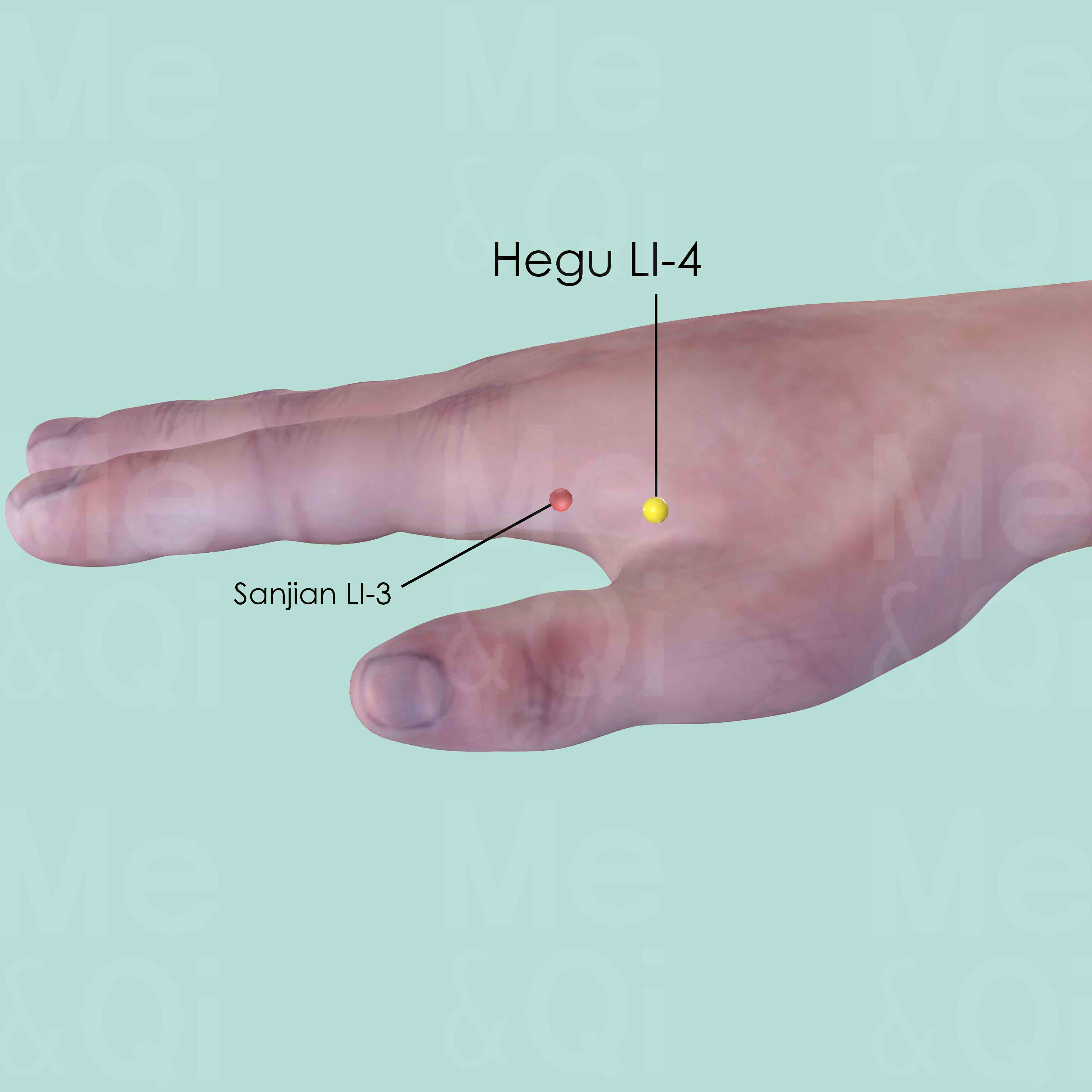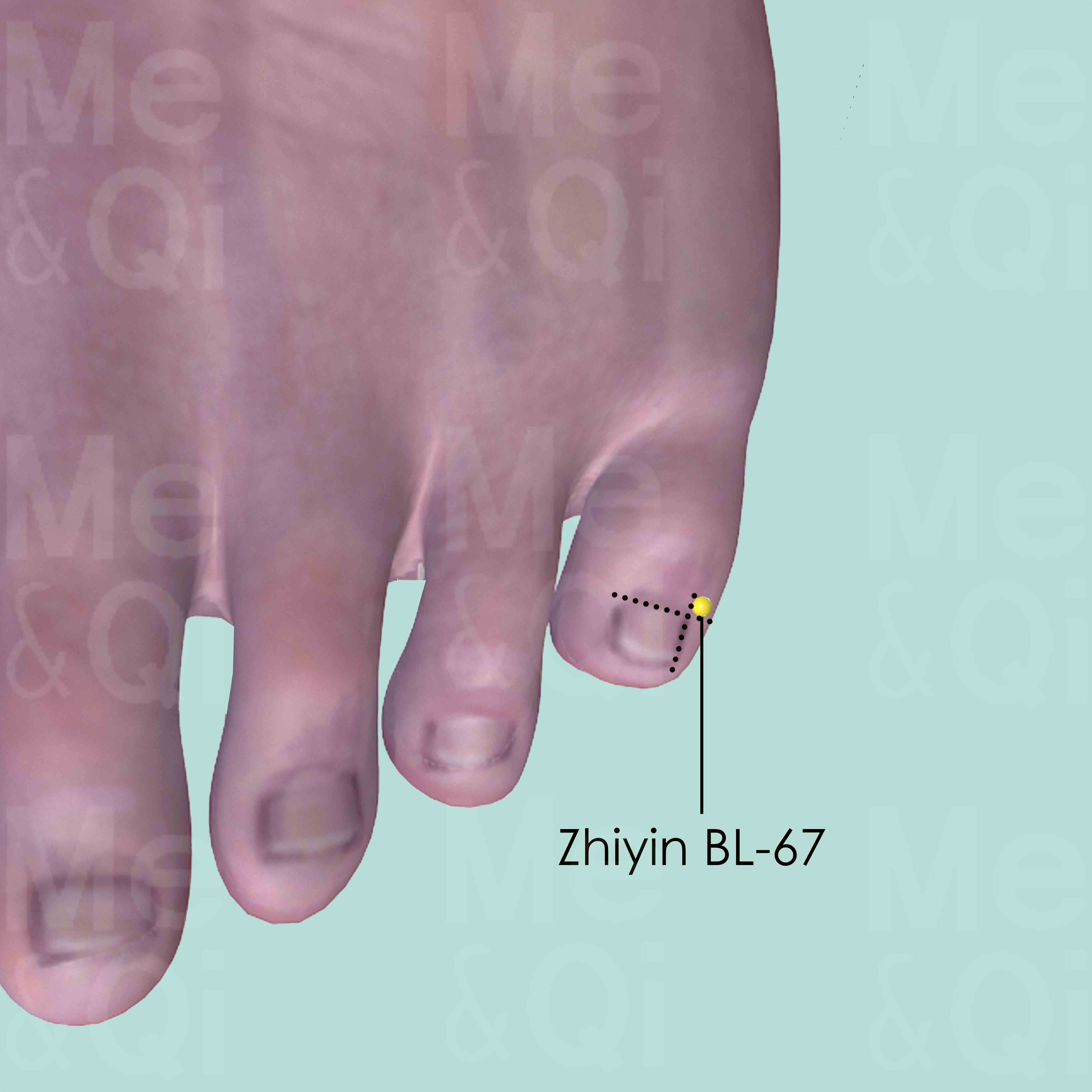Delayed Laboraccording to TCM
Symptom family: Labor Complications
What is Delayed Labor?
Delayed labor, often characterized by a slower progression than medically expected, is a significant concern during childbirth. It's a condition where the phases of labor, particularly dilation and descent, extend beyond the standard duration, potentially leading to stress for both the mother and the baby. In some instances, delayed labor necessitates medical interventions such as the administration of oxytocin to enhance contractions or, in more severe cases, opting for a cesarean section to ensure the safety and health of both mother and child.
How does TCM View Delayed Labor?
Traditional Chinese Medicine (TCM) approaches delayed labor with a unique perspective, focusing on the flow and balance of Qi and Blood within the body. According to TCM, the smooth delivery of a baby is highly dependent on the harmonious movement of Qi and Blood, particularly in the pathways that connect to the uterus. Any imbalance or disruption in this flow, possibly due to emotional stress, physical fatigue, or pre-existing health conditions, can lead to Qi Stagnation, Blood Stasis, or a Deficiency in the vital energies necessary for childbirth.
For instance, emotional stress can lead to Liver Qi Stagnation, directly affecting the flow of Qi and Blood in the uterus and thus, delaying labor. Physical exhaustion might result in a Deficiency of Qi and Blood, making it difficult for the body to initiate and sustain the intense process of labor. Identifying these patterns of disharmony is a crucial step in TCM for managing delayed labor effectively.
Acupoints for Delayed Labor
In addressing delayed labor, TCM practitioners utilize specific acupoints believed to stimulate the flow of Qi and Blood, facilitating the natural process of childbirth. One such acupoint is Hegu LI-4, located between the first and second metacarpal bones. This point is known for its capacity to expel Exterior Wind, regulate defensive Qi, and harmonize the Yang ascending and Yin descending energies. Its stimulation is thought to invigorate Qi and Blood flow, potentially easing the labor process.
Another pivotal acupoint is Zhiyin BL-67, found on the lateral side of the little toe. It's traditionally used to expel wind and promote labor, with practitioners often employing it to correct fetal malposition and encourage the baby's descent. These examples illustrate TCM's holistic approach to managing delayed labor, emphasizing the importance of restoring balance and ensuring the smooth flow of Qi and Blood to support childbirth.
Explore below some acupoints used to address delayed labor, organized by meridian.
- By Meridian
- Large Intestine Channel
- Bladder Channel

Hegu LI-4
Between the 1st and 2nd metacarpal bones, approximately in the middle of the 2nd metacarpal bone on the radial side.

Zhiyin BL-67
On the lateral side of the little toe, about 0.1 cun posterior to the corner of the nail.
